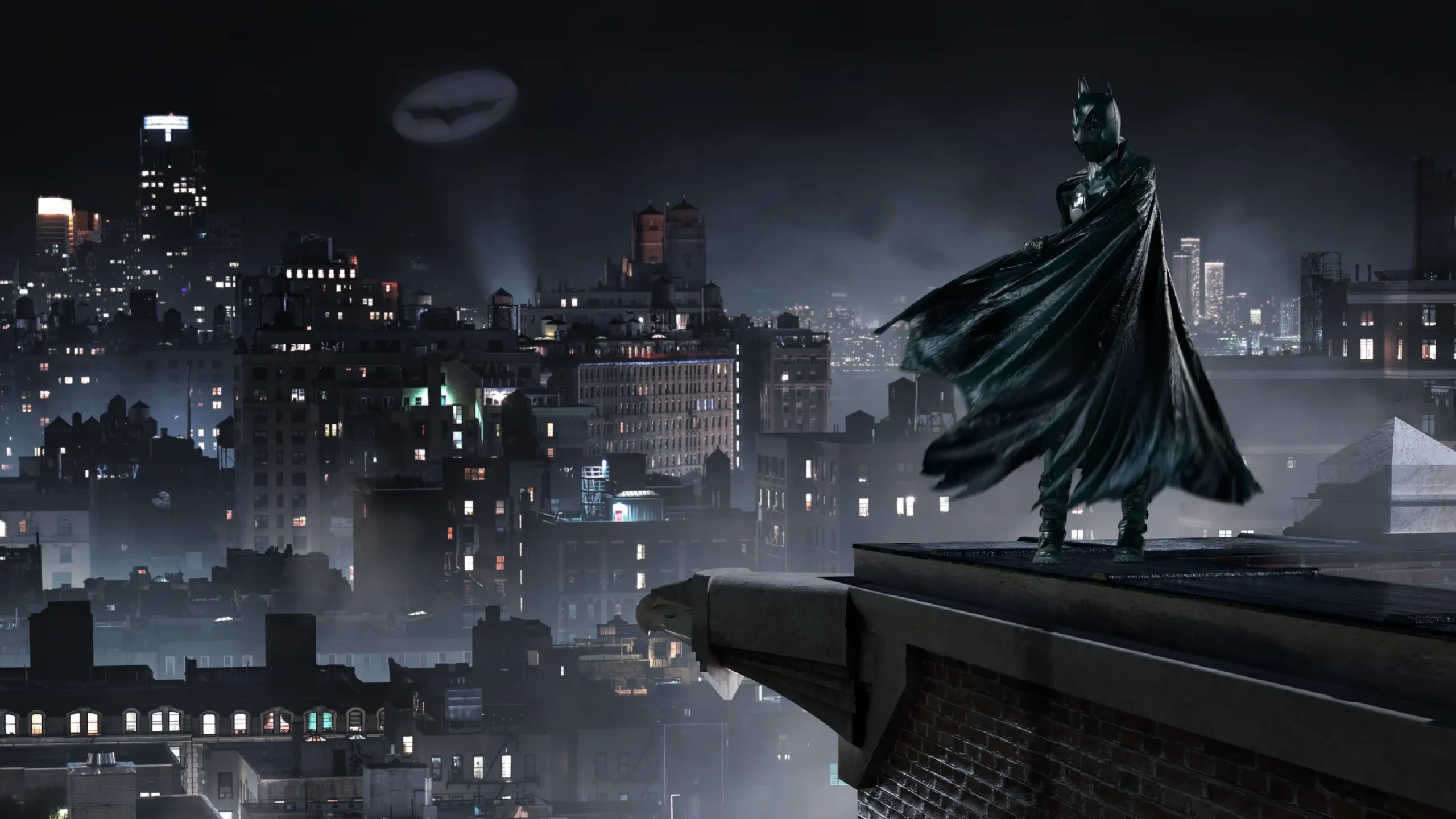Car Photography at the Brave New World Studio
Car Photography at the Brave New World Studio Car Photography at the Brave New World Studio Brave New Word Studio × Car × You = Reality Rewritten Did you ever truly believe your world was real? That the face in the mirror each morning is really you? That your car is just an object? Let us show you how wrong you were. The Brave New Word Studio is not a studio. It’s a gateway. A portal to your alternate self — the version you’ve always felt inside, but never seen. Here, photographer Tibor Papp (getcloser.me) works with light and shadow — with surgical precision and dreamlike mastery, much like Larry Chen shaping the bond between man and machine. But now, this is something more: the car gains a soul, and you see yourself — differently. Deeper. Truer. The Brave New Word Studio is not just a location — it’s a coded reality. Here, Tibor doesn’t just shoot — he rewrites systems using light, angles, and motion. With the Phase One medium format system, the dynamic range is so deep, the result isn’t just a picture — it’s a sense of reality. The studio’s soft lights glide slowly across the car’s curves — not randomly, but choreographed. There are no tire marks on the floor, yet everything feels in motion. The shot is taken, you step in — and suddenly you’re not observing the image. You’re experiencing it. This is not a photoshoot. This is a new kind of presence.The lights don’t just illuminate — they awaken.Your car isn’t just standing still — it’s posing.And you? You’re not posing. You’re existing. Photos are created here that make you ask: “Is this really me?”And the answer whispers back, like a line from The Matrix:“You are… in the Matrix.” This kind of photography doesn’t document. It breaks through.It erases what you thought you were — and gives back what you’ve always known deep down. That you are more than a license plate, a brand, a body, or a facial expression.You are a character woven from light. A new identity — in HDR. If you’re ready…Drive in. The studio awaits. Car Portraits in the Matrix — where your car and the light become a gateway to another world.All captured with Phase One technology. Cosplay in Japan: The Visual Manifestation of Anime Culture Japan in the 1980s marked the boom of cosplay. The rise of anime, manga, and video game culture created vast character universes that drew fans to explore identity transformation. Cosplay became more than just play — it became creation. Designing costumes, sewing, building armor, applying makeup, using lenses and wigs — all became tools of artistic expression. Characters serve not only as visual inspiration but also as psychological anchors. The fan brings the figure to life — and the figure, in turn, empowers the fan. Mi az a Phase One – és miért számít a fotózás csúcstechnológiájának? A Phase One egy dán gyártású, professzionális középformátumú kamerarendszer, amelyet a világ legjobb divat-, portré- és tárgyfotósai használnak, amikor a tökéletesség nem opció, hanem alapkövetelmény. Mi a különbség a „normál” és a középformátumú kamerák között? Míg a legtöbb DSLR vagy mirrorless kamera (például Canon, Sony, Nikon) full-frame vagy APS-C szenzort használ, addig a Phase One szenzora jóval nagyobb – ezáltal: több fényt képes befogadni nagyobb dinamikaátfogást biztosít mélyebb színinformációt tárol láthatóan részletgazdagabb, finomabb képi világot ad Why is Phase One special? 1. Razor-sharp detailsWith up to a 150-megapixel sensor, every photo captures the finest textures — from skin pores in a portrait to the metallic reflections on a car’s paint — with perfect precision. 2. 16-bit color depthThis means the camera can capture over 280 trillion color tones, instead of just 65,000. The images don’t look “digital” — they become almost tangible. 3. Massive dynamic rangeDetails are preserved even between the brightest highlights and the deepest shadows — no blown-out skies or lost dark areas. 4. Modularity & industrial-grade reliabilityPhase One systems are modular, with interchangeable backs, digital viewfinders, and pro-grade shutters. Built to perform flawlessly for decades without compromise. When should you use Phase One? When quality is not just a goal, but a message (e.g., fine art portraits, car ads, artwork documentation) When the image isn’t just for screens, but for print — gallery walls, magazines, books When your image builds identity: a well-composed Phase One portrait or car photo isn’t just beautiful — it’s memorable. A Phase One camera doesn’t just take better pictures.It captures deeper, richer, more characterful images.Photos where the details don’t just show — they tell a story about you or your subject. Legutóbbi Blogok: All Post Automotive Uncategorized Car Photography at the Brave New World Studio The Origin of Cosplay Szolgáltatásaink Cosplay fotózás Portré fotózás Automotive Kategóriák: Automotive (1) Uncategorized (1) BOOK YOUR SESSION! Take your professional appearance to the next level with a premium portrait from CEOphotography! +36/20-210-3672 Info@ceophotography.hu Book an appointment Please arrive at the Brave New World Studio with the following in mind:Corporate Photoshoot – Step-by-Step Guide Download Checklist



